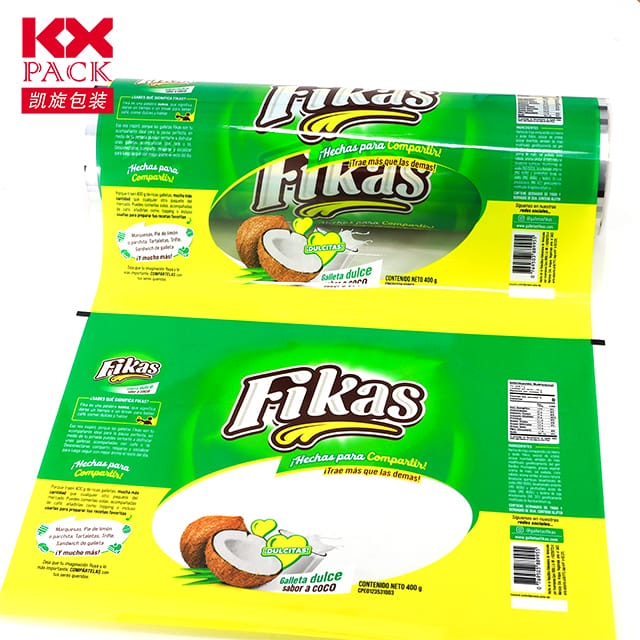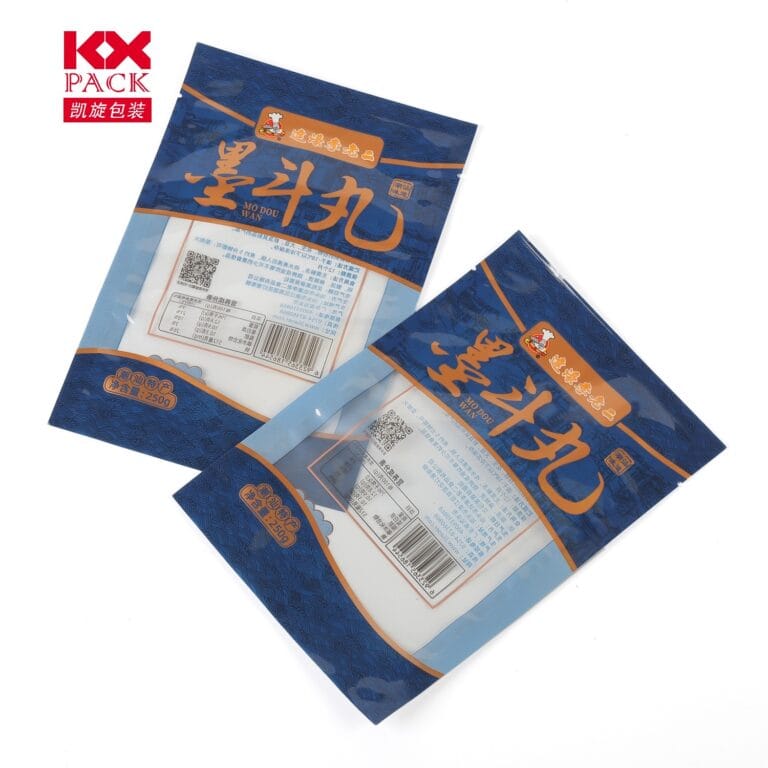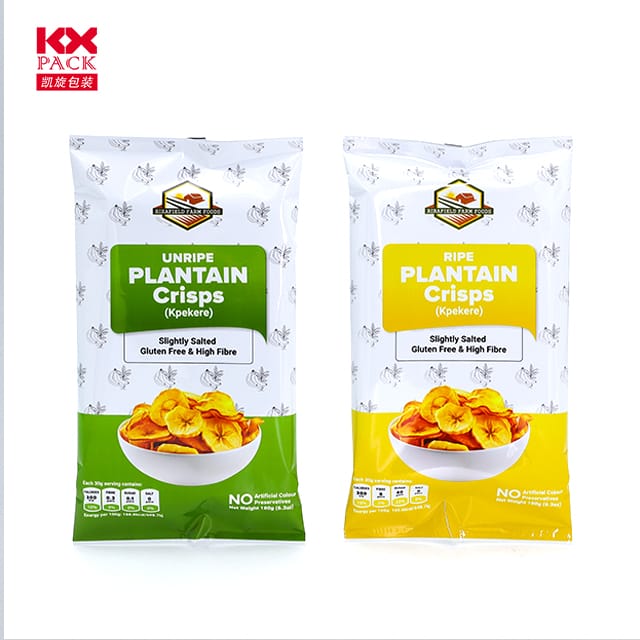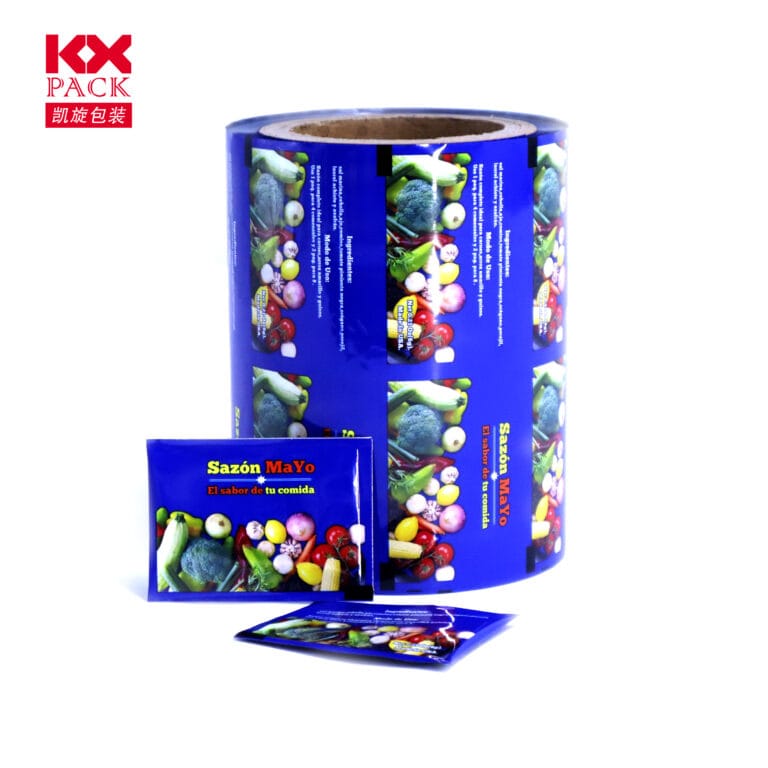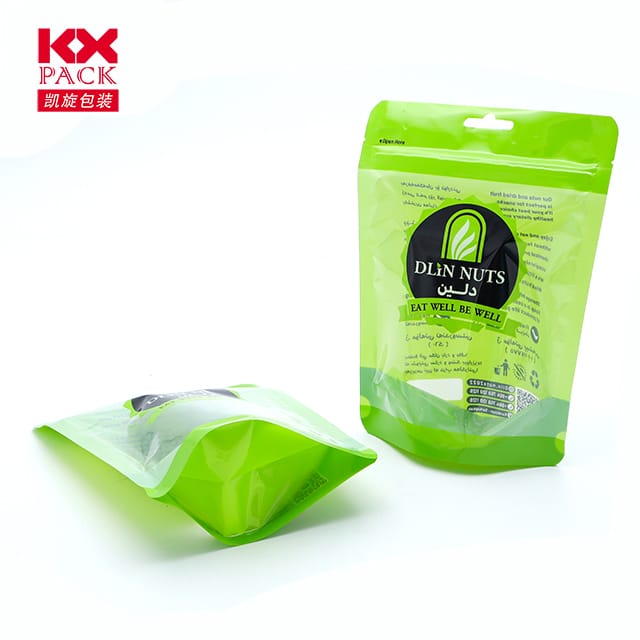灵活包装膜制造商的兴起: 现代包装的开拓性可持续性和创新
灵活的包装膜
在便利的时代, 可持续性, 成本效率推动了消费者和工业需求, 柔性包装膜制造商 已经成为重塑全球包装格局的关键参与者. 这些公司专门生产轻量级, 适应性的材料,可以保护产品,同时最大程度地影响环境影响. 从食品和饮料到药品和电子产品, 灵活的电影正在彻底改变商品的包装方式, 存储, 并交付. 让我们探索趋势, 挑战, 以及定义这个动态行业的创新.
为什么柔性包装? 优势说明
柔性包装膜 - 从聚乙烯等材料制作 (体育), 聚丙烯 (聚丙烯), 聚酯纤维 (宠物), 和可生物降解的层压板 - 提供无与伦比的多功能性. 与刚性包装不同 (例如。, 玻璃或金属), 这些电影可以模制成小袋, 包, 包裹, 或衬里, 适应各种形状和尺寸的产品. 关键好处包括:
- 材料使用减少: 轻巧的电影较低的运输成本和碳足迹.
- 延长保质期: 先进的屏障特性可防止水分, 氧, 和紫外线, 保留新鲜度.
- 消费者便利: 可重新密封的拉链, 喷口, 和简单的特征可增强可用性.
- 品牌可见性: 高质量的打印选项允许充满活力, 引人注目的设计.
可持续发展: 核心挑战和机会
随着全球对塑料污染的认识, 柔性包装膜制造商 受到创新的压力. 传统的一次性塑料面对反弹, 但是该行业正在以环保解决方案做出回应:
- 可生物降解和可堆肥膜: 由植物性材料等诸如聚乳酸制成 (解放军), 这些电影在特定条件下自然分解.
- 可回收层压板: 多层电影正在重新设计,以便更轻松地回收, 而化学回收技术将废物转换回原材料.
- 消费后回收 (pcr) 内容: 制造商将再生塑料纳入新电影, 减少对维珍材料的依赖.
像Amcor这样的公司, Bemis, 密封的空气正在领导电荷, 设定雄心勃勃的目标 100% 到2025 - 2030年可回收或可重复使用的包装.
推动未来的技术进步
灵活的包装部门是创新的温床, 制造商投资:
- 智能包装: 嵌入传感器或QR码的胶片跟踪新鲜度, 认证产品, 或通过应用程序吸引消费者.
- 高阻隔薄膜: 纳米技术和高级涂料增强了诸如咖啡等敏感商品的保护, 零食, 和医疗用品.
- 数字印刷: 一经请求, 短期印刷减少浪费,并启用超个性化的品牌.
- 自动生产: AI驱动的机械优化了材料的使用和加速制造, 满足电子商务和快速移动消费品的需求 (FMCG).
市场趋势和全球前景
预计全球灵活的包装市场将达到$350 十亿 2030, 由:
- 电子商务销售的上升: 对轻量级的需求, 耐用的运输材料.
- 城市化和繁忙的生活方式: 预分型, 随身携带的包装解决方案.
- 健康与安全问题: 卫生, 篡改药品和食品交付的电影.
亚太领导增长, 随着中国和印度等国家投资于灵活的包装基础设施,以服务于其庞大的消费基地. 同时, 欧洲和北美专注于监管合规性和循环经济计划.
选择合适的制造商: 主要考虑因素
对于寻求一个品牌柔性包装膜制造商, 与可靠的合作, 创新供应商至关重要. 寻找:
- 认证证书: 遵守FDA, 欧洲联盟, 和其他安全标准.
- 自定义功能: 量身定制膜厚度的能力, 障碍, 和产品的功能.
- 可持续性承诺: 采购和减少废物实践的透明度.
- 可伸缩性: 有效处理小批量或大容量订单的灵活性.
最后的想法: 灵活性符合责任
包装的未来是灵活的,但也必须负责. 随着制造商继续创新, 重点仍然放在平衡性能上, 成本, 和行星健康. 通过拥抱循环经济原则和尖端技术, 柔性包装膜制造商 不只是适应改变; 他们在开车.
您的品牌准备好转向更智能的, 绿色包装? 在下面的评论中分享您的想法或问题! 🌍📦


